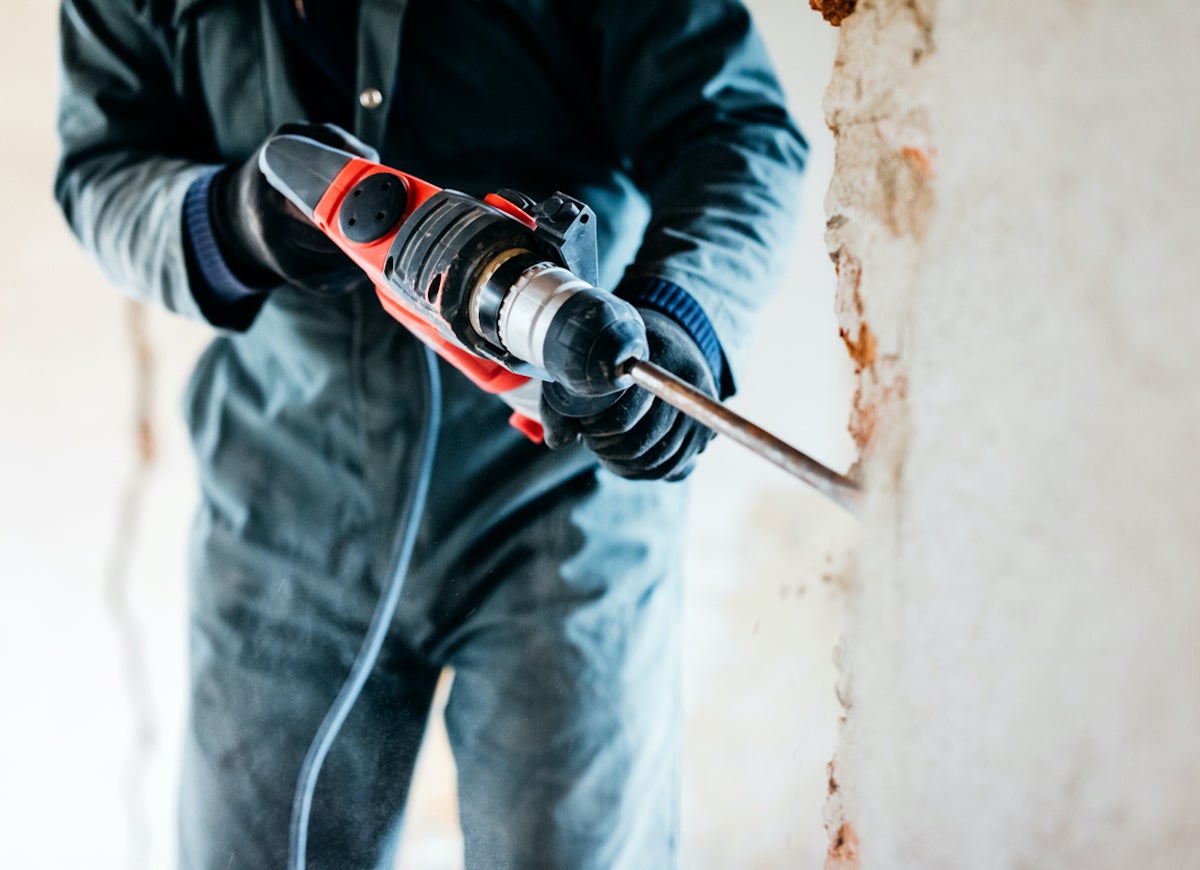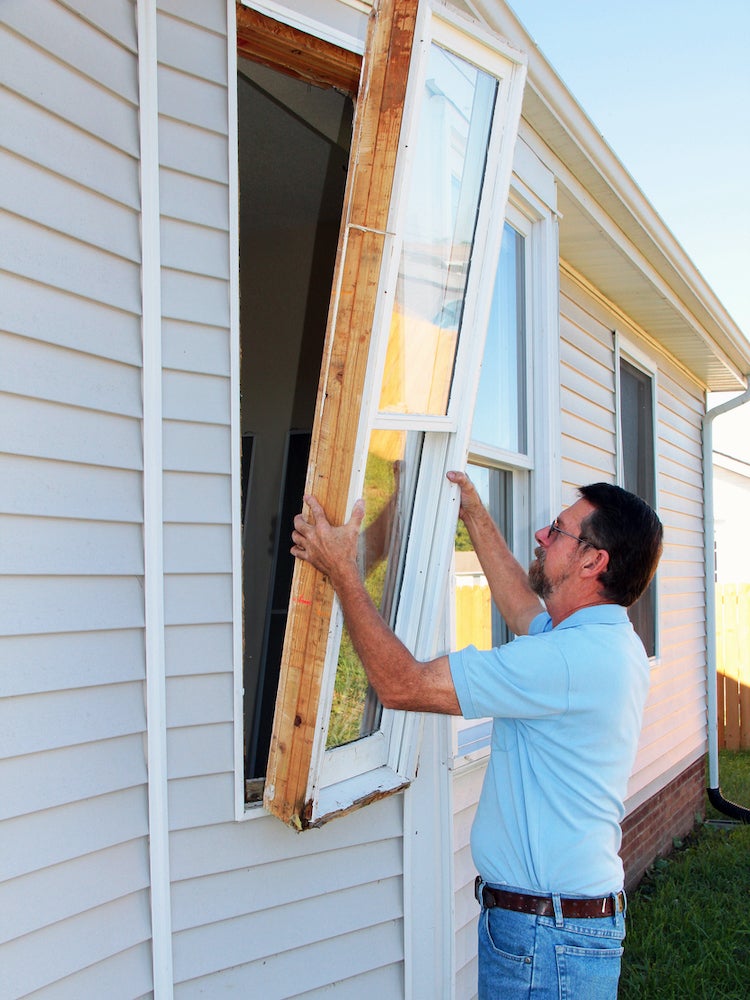

We may earn revenue from the products available on this page and participate in affiliate programs. Learn More ›
Home Advice You Can Trust
Tips, tricks & ideas for a better home and yard, delivered to your inbox daily.
By signing up you agree to our Terms of Service and Privacy Policy.
The Remodeling Challenge

Homeowners generally know what they’d like to change about their house, but unless they have construction or design experience, they might not be sensitive to the way that a single alteration can negatively impact the whole house. That’s why it’s a good idea to consult with a designer, an architect, or even a real estate agent before you make significant changes to your home, whether you’re looking to expand your living space or just update the look of the exterior. And when you’re planning your renovations, steer clear of the following 10 remodeling missteps that, however appealing they may seem, can hurt your home’s marketability.
An In-Ground Pool

Home buyers either love swimming pools or hate them, which means that if you have an in-ground pool, you should expect that a fair number of the potential buyers in your price range will immediately cross your home off their list. That said, if you desperately want a pool and will be able to enjoy it for many years, certainly go for it. But be forewarned that a pool is likely to reduce your home’s marketability.
Related: 14 Landscaping Features That Can Hurt Your Home Value
Contrasting Architectural Styles

If you live in a colonial-style home, putting on a stucco addition that’s better suited to the desert Southwest will make your house look awkward and disjointed. While you don’t have to stick strictly to the original style of your house, any additions you make should at least complement the style rather than detract from it.
Substandard Materials

Buying a home is a costly prospect, so if you skimp on the quality of building materials for your renovation—and it’s obvious—buyers will notice. Using poor-quality materials on a renovation project is a mistake that can really come back to haunt you when it’s time to sell. If your budget is an issue, don’t do a large project on the cheap. Instead, cut down on the scope of the renovation but stick with high-quality materials.
Trendy Fads

You may be into retro decor, but a living room with deep orange wall-to-wall shag carpeting isn’t going to appeal to a wide range of buyers. In any project that involves updating flooring or wall color, stick to neutral tones. You can always add splashes of your favorite colors in pillows, lamps, throw rugs, and other accessories.
Substandard Workmanship

Unless you’re knowledgeable about construction, it’s best to leave remodeling to the pros, and even then, do your research before hiring a contractor. Shoddy workmanship, such as trim work that doesn’t align, walls with visible drywall joints, and crooked wallpaper, will all make your home less desirable. Hire only a contractor with a stellar reputation, even if you have to pay a bit more.
Code Infractions

Major remodeling undertaken without first pulling a permit will come back to bite you when it’s time to sell your house. When you go to contract, the buyers will arrange for inspections. If the inspector finds that your addition wasn’t wired to code or that the new garage is sitting too close to the property line, you’ve got a problem on your hands. Code infractions can ruin a sale. Don’t chance it: Always get a permit for any renovation that requires one.
Garage Conversions

Homeowners in search of more living space often turn to their garage, renovating it into a rec room, a studio, or an additional bedroom. But many potential buyers would probably prefer having a place to park their car instead of a spare bedroom in the garage. If you need extra living space, consult an architect or contractor about putting an addition on the back or the side of your home, and leave the garage alone.
Poor Energy Efficiency

You’ll shell out more for energy-efficient windows in an addition or other remodeling project, but they’ll pay off in the long run because potential buyers are looking for energy savings. With today’s skyrocketing cost of utilities, make energy efficiency a top priority when choosing windows and doors for your projects. While you’re at it, if you’re renovating an older home, upgrade the insulation at the same time.
Related: 9 Energy-Saving Home Upgrades That Pay for Themselves
Skimpy Storage

Remodeling projects should incorporate storage space for stashing all the things homeowners accumulate these days. Potential home buyers are on the prowl for large closets, built-in pantries, and plenty of storage in mudrooms, laundry rooms, and garages. If you don’t factor in storage when you renovate, you’re missing an opportunity, and your home’s market appeal will suffer.
Poor Room Access

Finishing the attic to provide additional living space can add value to your home, but not if you have to stoop up a stairway with limited headroom to reach it. The same applies to a bedroom that can be entered only through another bedroom, a configuration that’s common when a large bedroom is divided into two smaller rooms. Every room should have its own access that leads comfortably from a common area, such as a hallway, a living room, or a great room.

This Is the Year for a Kitchen Renovation
Whether you’re selling or staying, everyone can get something out of a kitchen update. Learn why we consider this renovation the Most Valuable Project of 2025 and how to stay on budget.